🚌 A Week on the Road: Discovering Donegal by Camper Van
There’s a special kind of magic to Donegal when you see it through a camper van windscreen. This wild, unspoiled county on Ireland’s northwest coast offers stunning sea cliffs, sleepy harbours, golden beaches, and winding roads that seem to lead straight into a postcard. Over one week, two travellers packed up their van and hit the Wild Atlantic Way to explore Donegal’s camper-friendly sites, spectacular scenery, and community-driven tourism.
The result? A road trip rich in memories—and full of practical lessons for anyone thinking of doing the same.
🏞️ Day 1: Wild West Donegal – Glencolmcille & Beyond
The week began in the Gaeltacht, where Irish is still spoken daily and the landscape is rugged, raw, and deeply peaceful. First stop: Trá na Rossan View Motorhome Park near Downings, offering sea views and a welcome sense of solitude. From there, the road led to Glencolmcille, a village steeped in history and a favourite with walkers and artists alike.
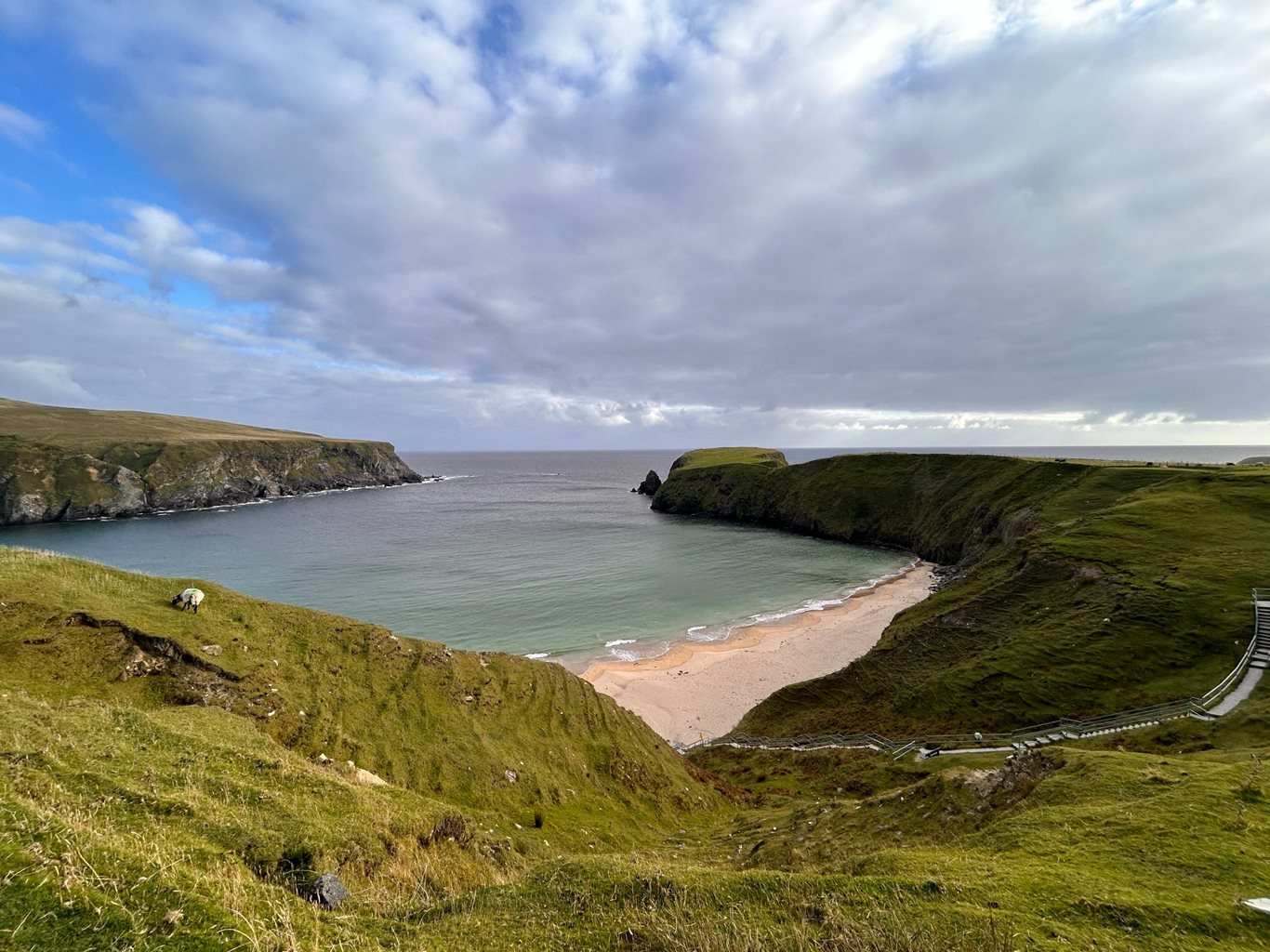 Silver Strand, Glencolmcille
Silver Strand, Glencolmcille
The drive meandered through quiet backroads where time seemed to slow down. This was the ideal start to settle into the rhythm of camper van life. Slower travel means discovering unexpected gems—like tiny craft shops, scenic viewpoints, and old stone churches.
⛰️ Day 2: Sliabh Liag – Standing on the Edge of Europe
The highlight of Day 2 was a visit to the mighty Sliabh Liag Cliffs, some of the highest sea cliffs in Europe. Rising almost 2,000 feet above the crashing Atlantic, this dramatic location is a Donegal must-see.
The travellers stayed at Sliabh Liag Cliffs Caravan & Camping Park, a brilliantly run, fully serviced site just minutes from the cliffs themselves. It offered full hookups, chemical waste facilities, recycling points, and a strong focus on sustainability and safety—a perfect example of best practice in action.
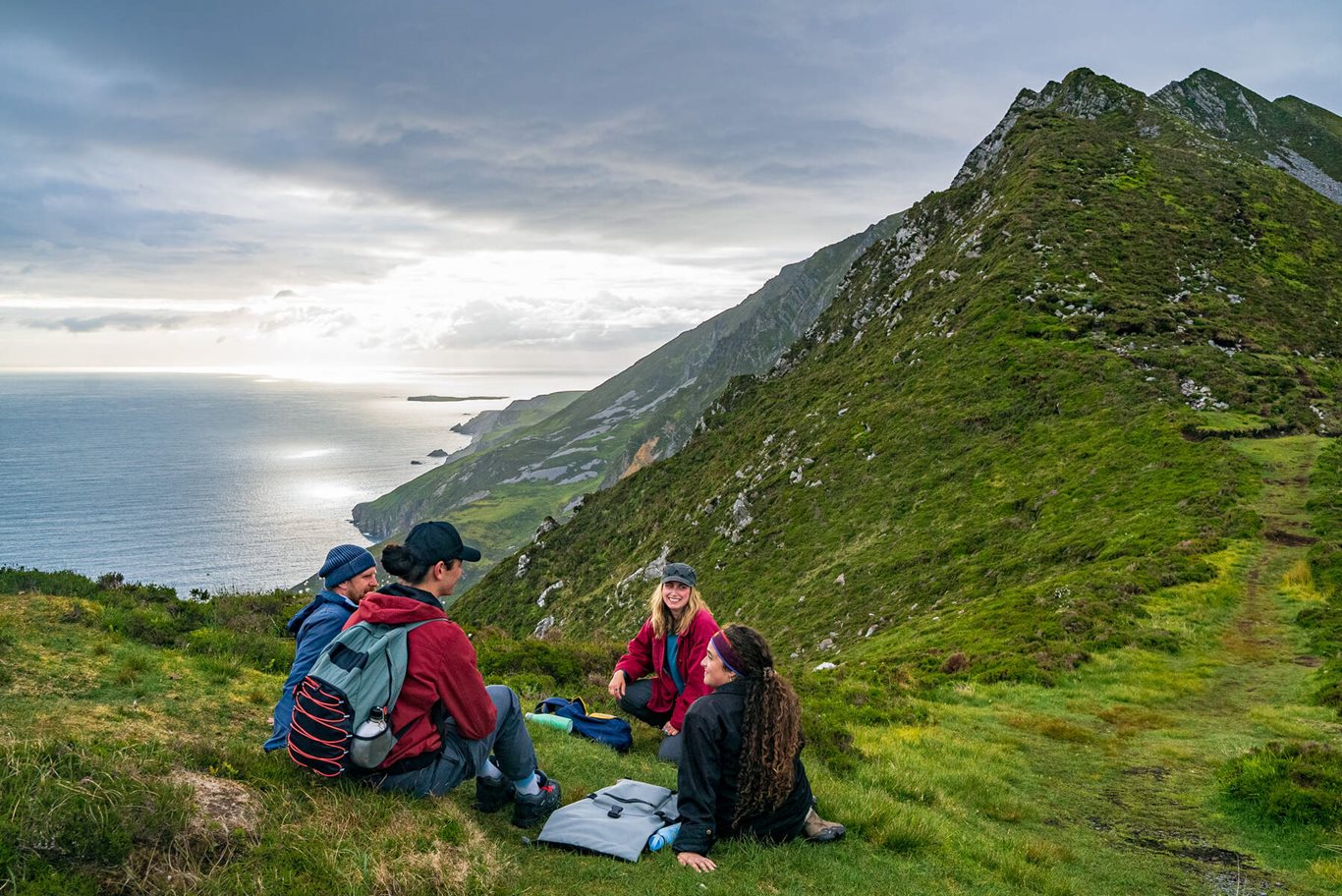 Sliabh Liag from above - Photo Failte Ireland
Sliabh Liag from above - Photo Failte Ireland
This leg of the trip underlined some key parts of the Camper’s Code:
-
Respect the land: Use designated sites and don’t wild camp where it’s not permitted.
-
Use proper facilities: Empty waste only at approved points.
-
Support local: The site helped drive tourism to the surrounding businesses—cafés, shops, and boat tours.
The travellers noted how spending the night at a well-run park meant more than just comfort—it meant giving back to the local community.
🌿 Day 3: Portnoo, Market Gardens & Coastal Kindness
Next up was Portnoo, a charming coastal spot known for its golf course and views over Inishkeel Island. The duo stopped by a long-standing family shop and met a local market gardener who had their fresh produce—picked just 15 minutes before—on display. It was a moment of real connection with Donegal’s food heritage.
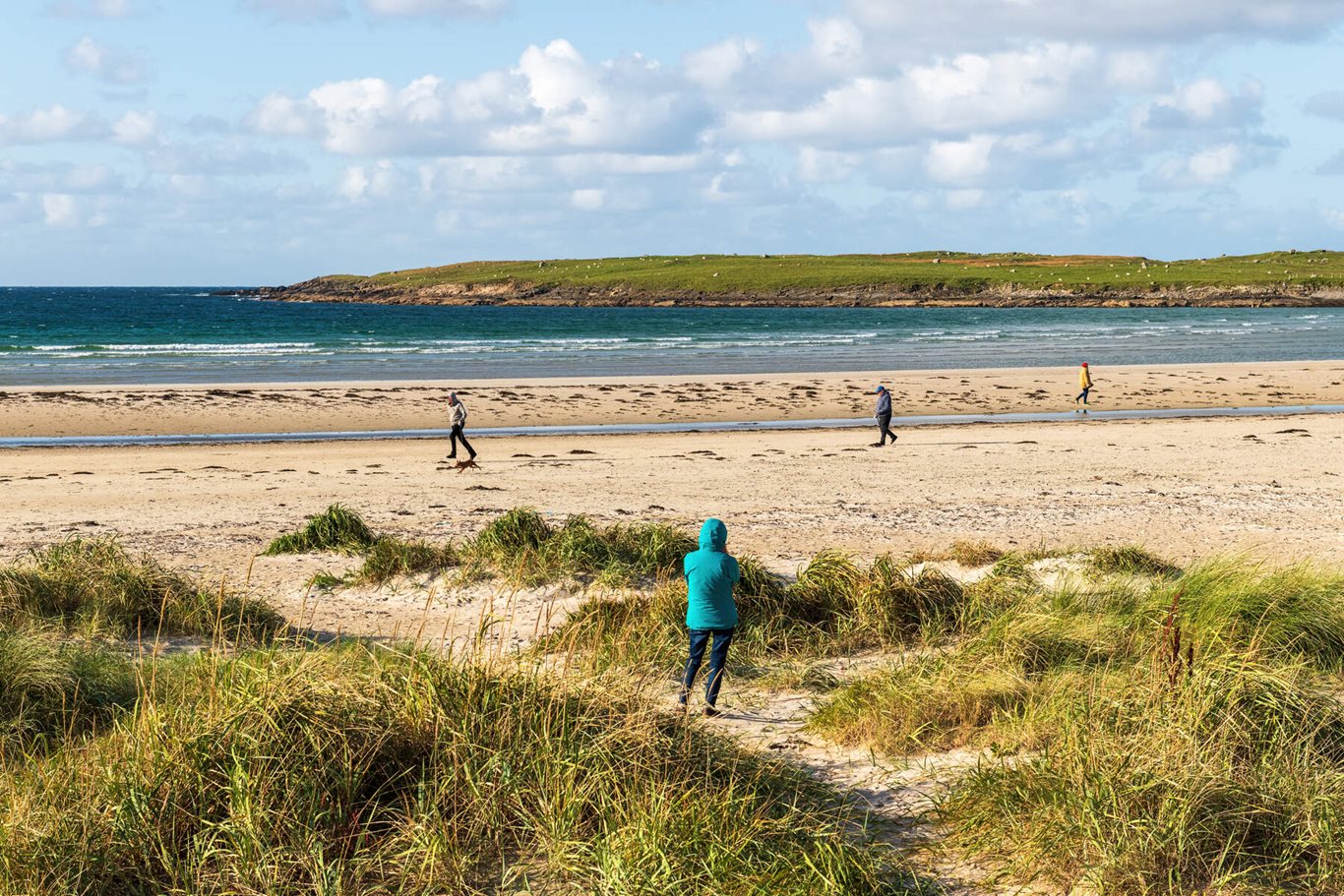 Narin Beach, Portnoo - Photo Gareth Wray Photography
Narin Beach, Portnoo - Photo Gareth Wray Photography
Parking etiquette came into sharp focus here. The wide camper van took up valuable space by the beach—a reminder of this Camper’s Code rule:
Small towns like Portnoo rely on tourism, but visitors must be considerate—especially in high season when parking and space are at a premium.
🌲 Day 4: Creeslough & Ards Forest Park – Green Stays & Golden Rules
The journey continued to Wild Atlantic Camp in Creeslough, an exceptional family-friendly site with glamping pods, sports courts, and a children’s playground. Surrounded by breathtaking mountain views, it’s a great example of how Donegal’s campsites are stepping up their game.
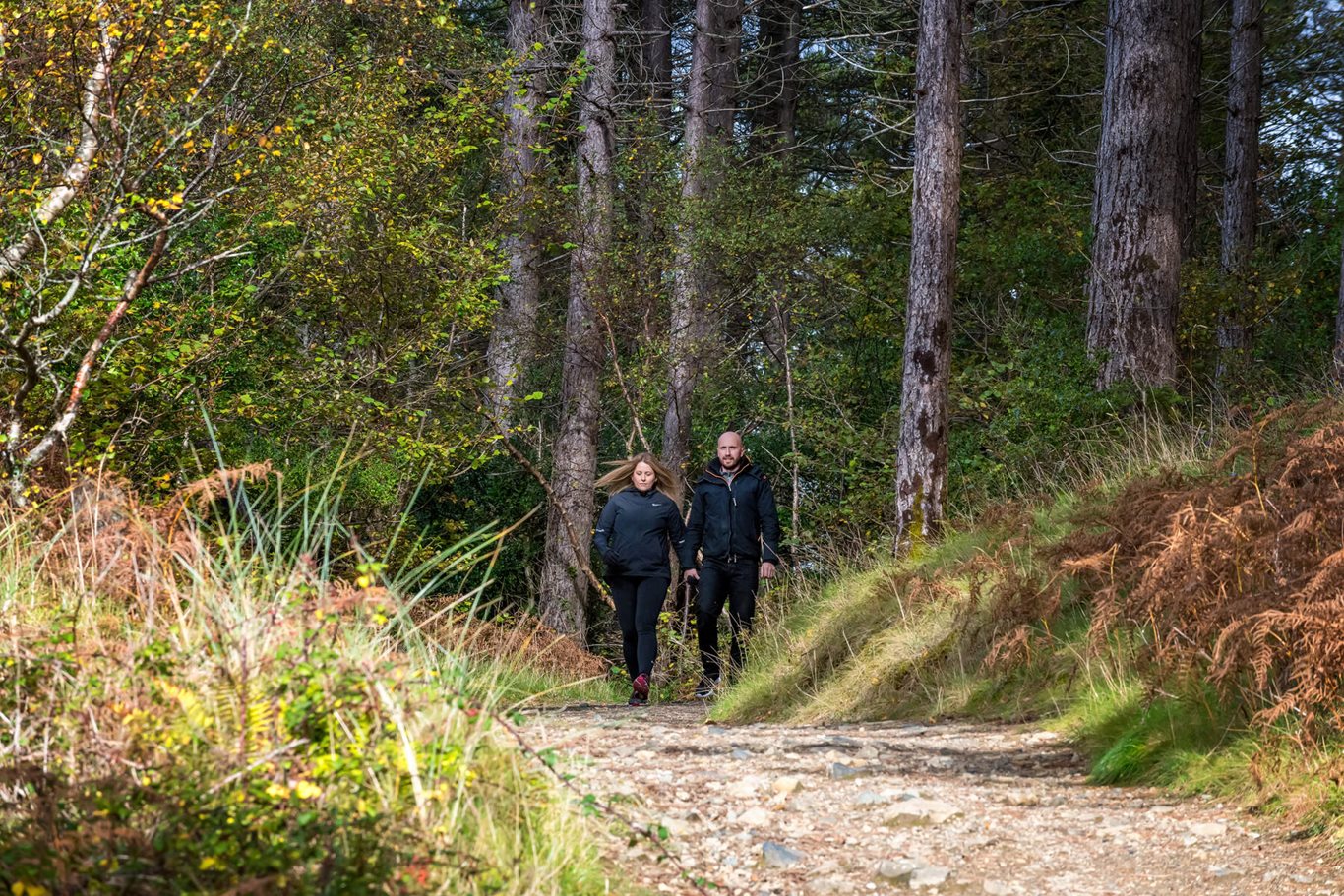 Ards Forest Park - photo Gareth Wray Photography
Ards Forest Park - photo Gareth Wray Photography
Nearby, Ards Forest Park was a highlight—offering peaceful walks, shaded picnic spots, and panoramic sea views. It was here that the “Leave No Trace” message really resonated.
From proper rubbish disposal to avoiding fires and protecting sand dunes, these principles from the Camper’s Code rang clear:
-
Leave it as you found it: Clean up, pack out your rubbish, and protect local wildlife.
-
Keep it natural: Avoid lighting fires or disturbing fragile environments.
It was a reminder that Donegal’s biggest treasures are also its most vulnerable.
🚵♂️ Day 5: Muckish Mountain & Finishing Strong
The final day brought a playful challenge: could Muckish Mountain rival the foot traffic of Sliabh Liag? The answer wasn’t clear, but the adventure was worth it either way. The area, near Killybegs, offers quiet beauty and expansive views, especially rewarding for early risers and hillwalkers.
Throughout the week, the duo marvelled at how Donegal’s camper sites dotted the coast like pearls on a necklace. In total, the county boasts more than 20 camper-friendly sites, from sea-level beach parks to cliffside retreats.
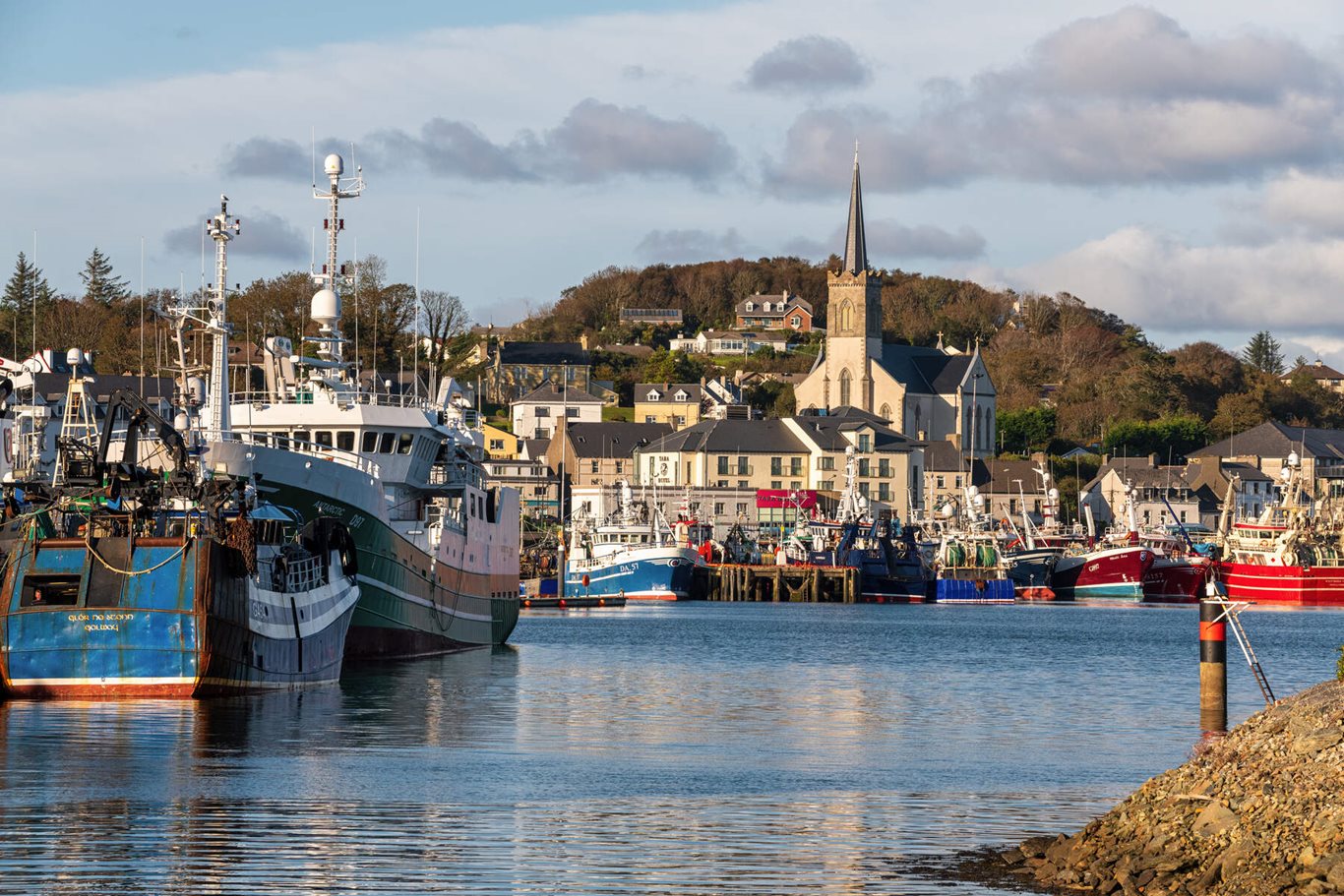 Killybegs - photo Gareth Wray Photography
Killybegs - photo Gareth Wray Photography
✅ Camper’s Code: The Golden Rules from the Road
Throughout their journey, the pair returned again and again to the key principles that make camper van travel sustainable, respectful, and rewarding:
-
Plan Ahead & Book Where Possible
Especially in peak season, don’t assume you’ll find a spot. Many sites book up.
-
Park Responsibly
Avoid blocking views, entrances, or pedestrian areas.
-
Use Approved Waste Facilities
Always empty grey water and chemical waste at designated stations.
-
Leave No Trace
Don’t leave rubbish behind. Don’t damage land, dunes, or walls. Respect nature.
-
Support Local Businesses
Eat local, shop local, and book local tours to give back to the communities you visit.
-
Be a Good Neighbour
Keep noise to a minimum, be friendly, and help foster that lovely ‘on the road’ spirit.
🚐 Final Thoughts: Donegal’s Road Trip Magic
Over one week, this Donegal road trip proved just how special the county is for camper van explorers. From Sliabh Liag to Portnoo, Creeslough to Muckish Mountain, every stop was full of warmth, wonder, and the kind of scenery that etches itself into memory.
For those planning a similar trip, take the Camper’s Code to heart, book into quality sites, and slow down to soak up the people and places that make Donegal magic. You won’t just be taking a holiday—you’ll be playing a part in protecting and sustaining one of Ireland’s most treasured landscapes.